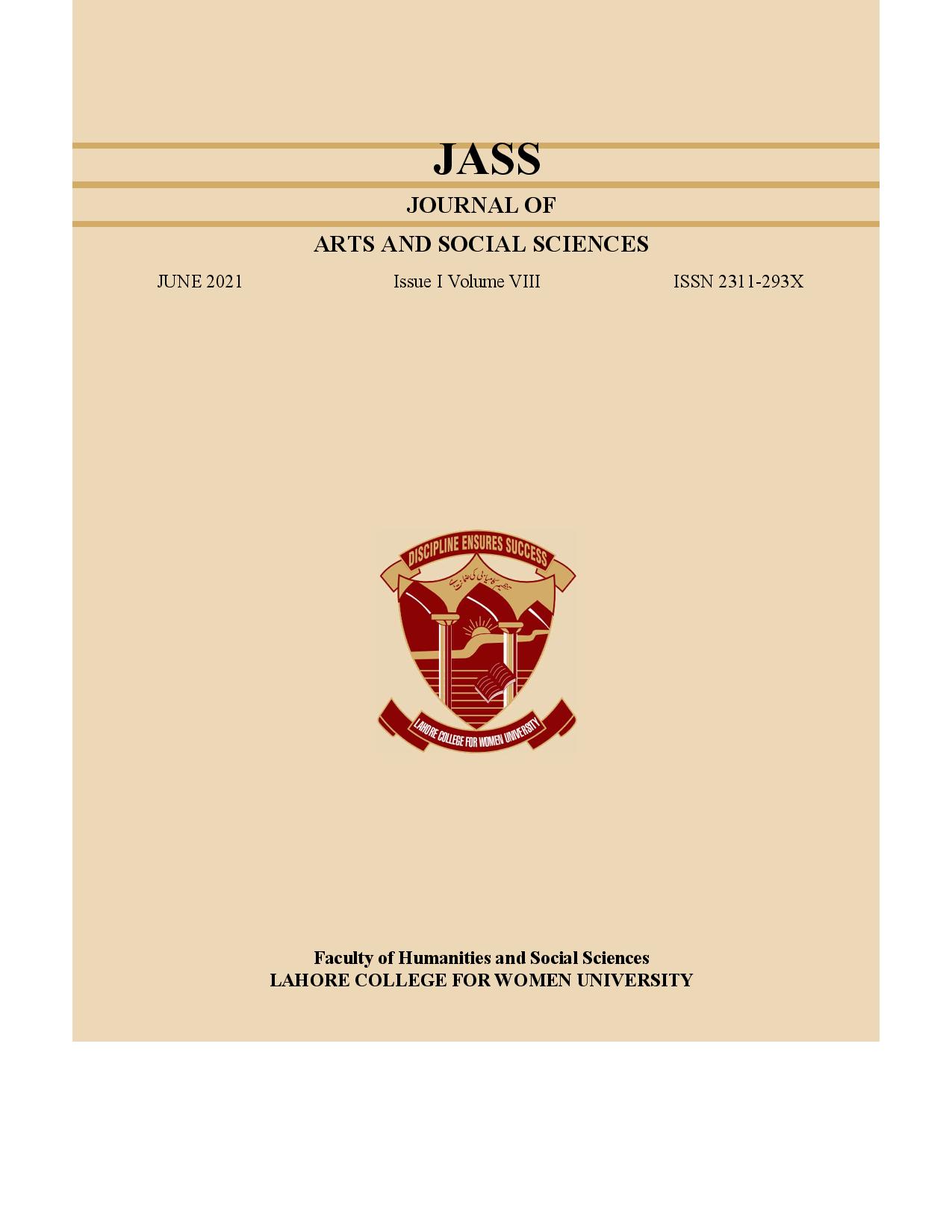Whether Households are Willing to Pay for Clean Water Supply in Sialkot, Pakistan? An Elucidation
Abstract
Waterborne diseases due to contaminated water remain a severe problem in most of the developing world. The situation is serious in Sialkot the district of Punjab where groundwater is contaminated due to effluents' improper disposal. The current study is designed to find the determinants of willingness to pay (WTP) by households for clean drinking water supply in the affected area. A contingent valuation survey approach and a stratified random sampling technique have been applied. A double bounded dichotomous choice question followed by an open-ended question format has been used to elicit WTP and maximum willingness of the respondents for clean drinking water supply. Logit and Multiple Linear Regression Model is used as an econometric tool to analyze the data. The results reveal that as the income of the respondent increases, the WTP for the clean water supply also increases. While multiple regression reveals a monthly mean WTP of Rs. 234.54 which is greatly affected by age, household income, education, and environmental awareness i.e. respondents with higher household income and a higher level of education are willing to pay more for a clean water supply. Residents who are living closer to the tanneries are more affected and their WTP is higher.
Keywords: Willingness to Pay, Clean drinking water, Contingent Valuation Method, Binomial Logit Regression, Leather Tanneries, Sialkot, Pakistan






